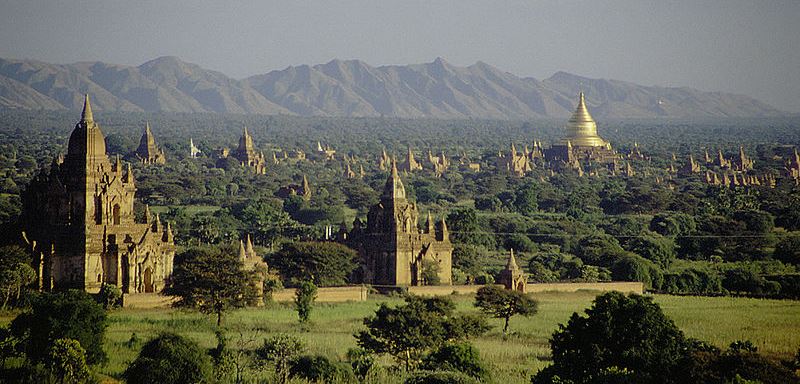Restoring ancient temples has its own politics. The Indians found this out through their restoration work at Angkor Wat in northwest Cambodia, which they initiated in the 1980s, motivated primarily by the shared Hindu culture of the two countries.
The Indians had hoped to improve on earlier work undertaken by the French colonialists. But New Delhi’s good intentions did not stop critics who argued the Indians had rushed their work and damaged the stone surfaces with their choice of chemicals and cement.
It’s an issue that is now confronting the authorities in Bagan, Myanmar (the deposed military junta’s name for Burma), where more than 10,000 religious monuments and temples were constructed around the same time as Angkor was hitting its peak in the 11th and 12th centuries.
In August of 2016, Myanmar was hit by a 6.8 magnitude earthquake that claimed three lives. In Bagan, more than 180 ancient temples were badly damaged. Authorities were quick to respond and recently, even the country’s de facto leader Aung San Suu Kyi stepped in.
Restoration work on the remaining 2,000-odd temples covering 80 square kilometers at Bagan, like that at Angkor, has already been sharply criticized.
The Burmese military, supported by multinational oil companies, disastrously ran the country for five decades. They were not the brightest government in the region, and their attitude toward international restoration standards was as arrogant as it was ignorant.
Photo of Bagan by Corto Maltese via Wikipedia.

